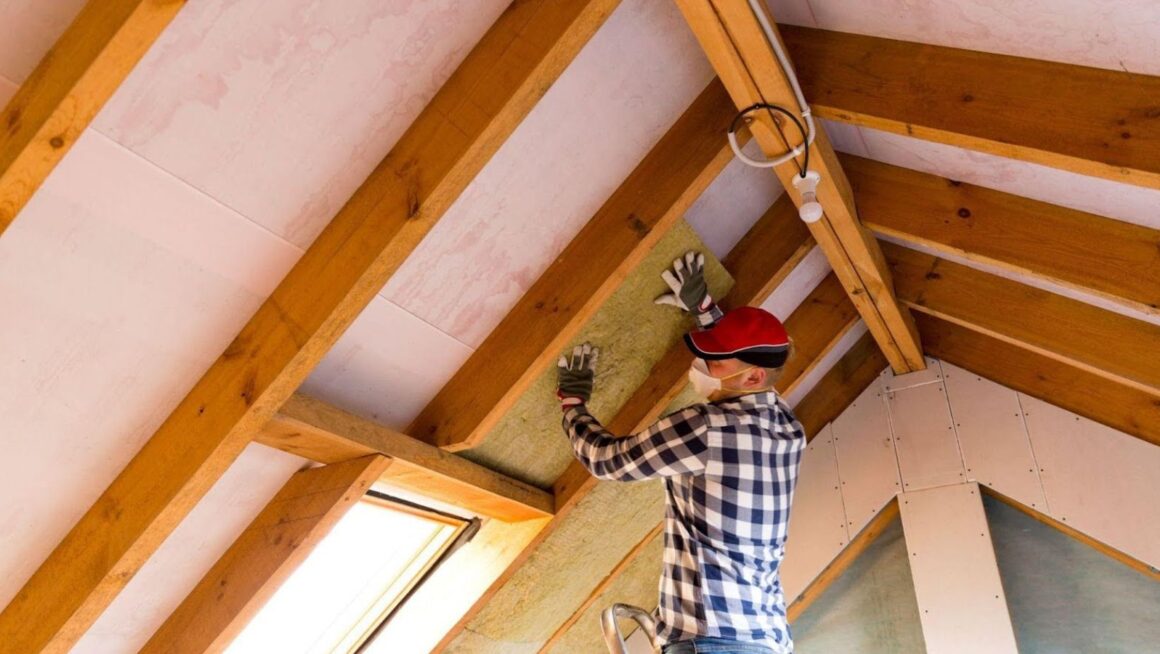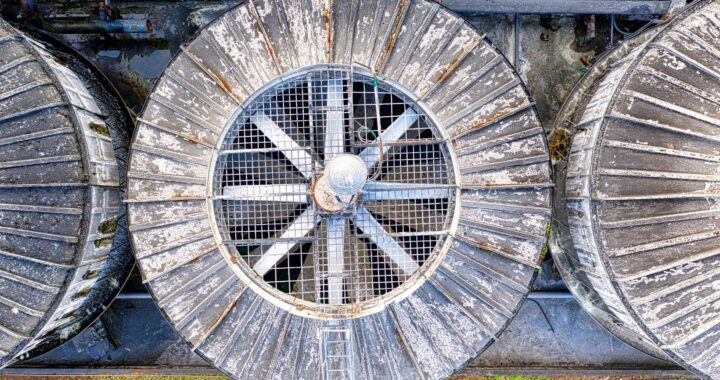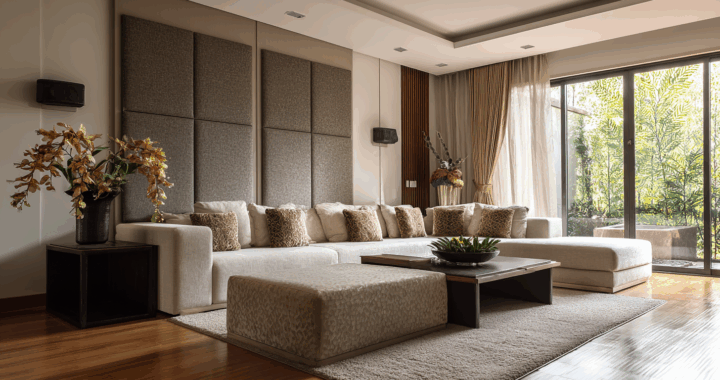How Poor Attic Ventilation Affects Your Home

Poor attic ventilation leads to moisture issues, energy waste, and structural damage – especially in Canada’s extreme climates. Signs like frost buildup, stained ceilings, or recurring ice dams signal deeper problems. Left unchecked, these exact issues strain HVAC systems and inflate bills. Understanding the effects of poor attic ventilation helps homeowners act early, preserving comfort, air quality, and long-term property value.
Table of Contents
- 1.How the Effects of Poor Attic Ventilation Compromise Your Home’s Integrity
- 2.Recognizing the Signs of Bad Attic Ventilation Before Damage Escalates
- 3.The Real Attic Ventilation Impact on Energy Bills Across Canadian Climates
- 4.Final Takeaway: The Lasting Impact of Proper Attic Ventilation
In Canada’s climate – where winter grips for months and summer heat lingers unexpectedly – your attic quietly endures some of the most extreme conditions in your home. The effects of poor attic ventilation don’t announce themselves with sirens or leaks. Instead, they creep in as frost on rafters, stains on ceilings, or unexplained spikes on your energy bill.
Homeowners across Alberta increasingly recognize that balanced airflow isn’t optional – it’s essential. For those confronting persistent moisture or ventilation challenges, consulting licensed attic professionals in Calgary offers a pathway to lasting, code-compliant solutions tailored to regional weather patterns.
How the Effects of Poor Attic Ventilation Compromise Your Home’s Integrity
In Canadian homes, particularly those enduring prolonged winters and sharp temperature swings, the attic serves as a critical buffer between indoor comfort and outdoor extremes. When airflow is restricted or improperly balanced, the effects of poor attic ventilation begin to manifest not just as minor inconveniences – but as structural, financial, and health-related liabilities.
Trapped Heat and Roofing Degradation
Without adequate exhaust and intake, warm air accumulates in the attic space. This trapped heat doesn’t simply vanish; it radiates downward, prematurely aging shingles and underlayment. Asphalt shingles, common across Canadian rooftops, can curl, crack, or blister under sustained high temperatures – shortening their functional lifespan by as much as 50%.
Ice dams may also form during freeze-thaw cycles, as uneven roof temperatures cause snowmelt to refreeze at the eaves, leading to water intrusion.
Structural Warping and Insulation Breakdown
Excess heat and humidity don’t just affect the roof – they penetrate wooden framing and insulation. Over time, rafters and sheathing can warp or rot, especially when combined with condensation. Fibreglass insulation, when damp, loses up to 40% of its R-value, diminishing thermal resistance and forcing heating systems to work harder. This degradation compounds silently, often unnoticed until ceilings sag or mould appears.
Indoor Air Quality and Health Implications
Moisture-laden air that can’t escape the attic doesn’t stay contained. It migrates into living spaces through ceiling penetrations, light fixtures, or attic hatches. This introduces allergens, promotes dust mite proliferation, and encourages mould growth – particularly in bathrooms, closets, and upper-floor corners. For households with respiratory sensitivities, this hidden decline in air quality can trigger chronic discomfort or exacerbate existing conditions.
Key indicators that your home’s integrity is being silently compromised:
- Discoloured or sagging ceiling drywall on upper floors.
- Persistent musty odours, even after cleaning.
- Frost accumulation on nails or sheathing during winter inspections.
- Unexpected spikes in heating or cooling consumption.
Addressing these issues early doesn’t just preserve materials – it safeguards your family’s well-being and your home’s long-term value. Proper ventilation isn’t an upgrade; it’s a foundational requirement for any Canadian residence built to endure our climate.
Recognizing the Signs of Bad Attic Ventilation Before Damage Escalates
Early detection of attic ventilation failure can prevent structural decay, mould proliferation, and inflated energy costs. Below is a practical reference guide to help homeowners identify warning signs before minor issues become major repairs.
| Signs of Bad Attic Ventilation | What They Look Like | Why They Matter |
| Frost or condensation in the attic | Ice crystals on nail tips, sheathing, or rafters during winter | Indicates humid indoor air is trapped and freezing – precursor to “attic rain” and wood rot |
| Stained or sagging ceilings | Yellow-brown watermarks, soft drywall, or bubbling paint on upper-floor ceilings | Suggests meltwater from attic condensation is dripping into living spaces |
| Recurring ice dams | Thick ice buildup along the roof eaves after snowfall, even with gutter maintenance | Signals heat is escaping into the attic, melting snow unevenly – a ventilation and insulation failure |
| Unexplained energy bill spikes | HVAC runs longer or cycles more frequently without a change in thermostat or weather | Trapped heat (summer) or damp insulation (winter) forces systems to overcompensate |
| Musty odours upstairs | Persistent damp, earthy smell – especially after snowmelt or heavy rain | Moisture is migrating into living areas, potentially carrying mould spores or allergens |
| Rust on attic metal components | Corrosion on ductwork, fasteners, or HVAC equipment in the attic | Confirms chronic moisture exposure – risks structural integrity and system safety |
| Premature shingle deterioration | Curling, cracking, or excessive granule loss in gutters | Excess attic heat bakes roofing materials, shortening lifespan by up to 50% |
Monitoring these indicators – particularly after extended cold snaps or heat waves – allows homeowners to intervene before moisture issues or energy inefficiencies become entrenched. In Canada’s climate, where seasonal extremes test every layer of a home’s envelope, vigilance in the attic is not optional – it’s essential.
The Real Attic Ventilation Impact on Energy Bills Across Canadian Climates
Many homeowners assume their energy bills are dictated solely by thermostat settings or appliance efficiency. In reality, one of the most influential – and overlooked – factors is the attic ventilation impact on energy bills. When airflow is restricted, your heating and cooling systems don’t just work harder – they work against an invisible, physics-driven adversary: trapped heat in summer and damp, compromised insulation in winter.
Summer Heat Buildup Forces AC Overdrive
During Canadian heat waves – increasingly common even in prairie and northern regions – solar radiation heats roof surfaces to 60°C or higher. Without adequate exhaust vents to release that heat, attic temperatures can soar past 50°C. This superheated air radiates downward, warming ceilings and upper floors.
Your air conditioner must then run longer cycles to maintain comfort, increasing electricity consumption by 15–30% in poorly ventilated homes. Ridge vents, soffit baffles, and powered attic fans aren’t accessories – they’re thermal regulators.
Winter Moisture Sabotages Insulation Performance
In colder months, the challenge shifts – but the financial and comfort costs persist. When warm, humid air from inside the home rises into an unventilated attic, it meets frigid roof surfaces and condenses. This trapped moisture saturates fibreglass or cellulose insulation, causing it to clump, compress, and lose its ability to resist heat flow.
Even a small amount of dampness can slash insulation’s effectiveness by half, forcing your heating system to work harder, consume more energy, and struggle to keep upper floors warm – all because humid air has nowhere to escape.
The Stack Effect and Uncontrolled Air Leakage
Canadian homes operate under the “stack effect”: warm air rises and escapes through upper levels, pulling cold air in through the basement or ground floor. Poor attic ventilation exacerbates this. If the attic isn’t properly sealed and vented, it becomes a thermal short-circuit – drawing conditioned air upward and out, while simultaneously allowing outdoor extremes to penetrate downward.

This forces HVAC systems to compensate year-round, inflating both heating and cooling costs.
Seasonal Cost Patterns Homeowners Should Track
Energy spikes aren’t random. They often correlate with ventilation failure:
- Summer: Higher-than-expected AC usage despite moderate outdoor temps.
- Winter: Furnace running constantly, yet upper floors feel drafty or clammy.
- Shoulder seasons: Unexplained increases even when heating/cooling use is low.
- Post-storm: Bills jump after extended cold snaps or heat waves – a sign of latent moisture or heat retention.
Addressing attic ventilation isn’t about comfort alone – it’s about cost control. A properly balanced system, with intake at the eaves and exhaust at the ridge, doesn’t just protect your roof or prevent mould.
Final Takeaway: The Lasting Impact of Proper Attic Ventilation
The effects of poor attic ventilation extend far beyond minor discomfort – they threaten structural integrity, inflate energy bills, and invite persistent moisture issues. Recognizing early signs and understanding how the Canadian climate intensifies these risks empowers homeowners to act before damage escalates. Proactive ventilation isn’t maintenance – it’s preservation.

 www Rapid HomeDirect .com: The Ultimate Destination for Home Goods
www Rapid HomeDirect .com: The Ultimate Destination for Home Goods  Explosion-Proof Fans for Chemical Plants, Refineries, and Oil Rigs
Explosion-Proof Fans for Chemical Plants, Refineries, and Oil Rigs  Protecting Your Home from Neighborhood Noise Pollution
Protecting Your Home from Neighborhood Noise Pollution